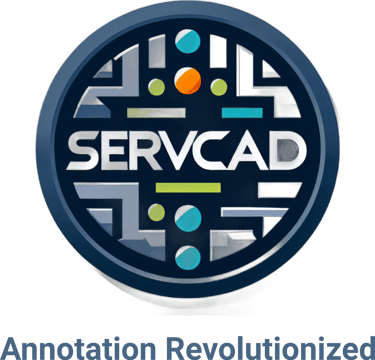Unveiling the Power of Graph Neural Networks: A Comparative Odyssey of GCNs and GATs
"As we stand on the brink of tomorrow, AI and machine learning stand as beacons of hope, illuminating the path towards a future of unparalleled discovery and enlightenment."
ARTIFICIAL INTELLIGENCEMACHINE LEARNINGGNNGATGCN
Welcome, graph enthusiasts, to a captivating exploration of Graph Neural Networks (GNNs), where we embark on a comparative odyssey to unravel the mysteries of Graph Convolutional Networks (GCNs) and Graph Attention Networks (GATs). In this immersive journey, we'll navigate the intricate landscape of graph-based learning, dissecting the strengths, weaknesses, and unique characteristics of these two pioneering architectures. So, fasten your seatbelts, and let's embark on this exhilarating voyage of discovery.
Understanding Graph Neural Networks:
Graph Neural Networks (GNNs) are a class of neural networks specifically designed to operate on graph-structured data, making them well-suited for tasks involving relational data, such as social networks, recommendation systems, and molecular modeling.
At the heart of GNNs lies the concept of message passing, where nodes exchange information with their neighbors to update their feature representations iteratively.
Decoding Graph Convolutional Networks (GCNs):
Graph Convolutional Networks (GCNs) are one of the pioneering architectures in the realm of GNNs, known for their simplicity and effectiveness in capturing local graph structures.
GCNs leverage graph convolutions to aggregate information from neighboring nodes, with each layer refining the node representations based on local neighborhood information.
Unveiling Graph Attention Networks (GATs):
Graph Attention Networks (GATs) represent a leap forward in GNN research, introducing the concept of attention mechanisms to capture global graph structures and long-range dependencies.
Unlike GCNs, which treat all neighboring nodes equally, GATs dynamically compute attention weights to emphasize more informative nodes while suppressing irrelevant ones, enabling them to adaptively aggregate information from the entire graph.
Comparative Analysis:
Expressiveness and Representation Learning:
GCNs excel at capturing local graph structures and are well-suited for tasks where local connectivity patterns are crucial.
GATs, with their attention mechanisms, offer greater flexibility in modeling global graph structures and capturing long-range dependencies, making them particularly effective for tasks involving non-local interactions and sparse graphs.
Scalability and Efficiency:
GCNs typically suffer from scalability issues, especially in large graphs, due to their reliance on fixed-size receptive fields and message passing schemes.
GATs, although more computationally demanding than GCNs, offer improved scalability and efficiency by dynamically attending to relevant nodes, reducing redundancy in message passing and enabling better handling of large-scale graphs.
Future Directions and Applications:
As the field of GNNs continues to evolve, researchers are exploring hybrid architectures that combine the strengths of GCNs and GATs, leveraging attention mechanisms in conjunction with graph convolutions for improved expressiveness and scalability.
Applications of GNNs span a wide range of domains, including social network analysis, recommendation systems, drug discovery, and spatial-temporal forecasting, highlighting the versatility and applicability of graph-based learning paradigms.
As we conclude our comparative odyssey of GCNs and GATs, it's evident that both architectures have carved a niche in the ever-expanding landscape of Graph Neural Networks. Whether capturing local structures with GCNs or modeling global dependencies with GATs, the journey ahead promises to be filled with innovation, discovery, and boundless possibilities.
So, fellow graph enthusiasts, let's embrace the diversity, harness the power, and chart a course towards new frontiers in graph-based learning. With GCNs and GATs as our guiding stars, the voyage ahead holds the promise of unlocking the full potential of graph-driven AI and reshaping the way we perceive and interact with complex relational data.
Until next time, may your graphs be connected, your attention focused, and your insights profound.




